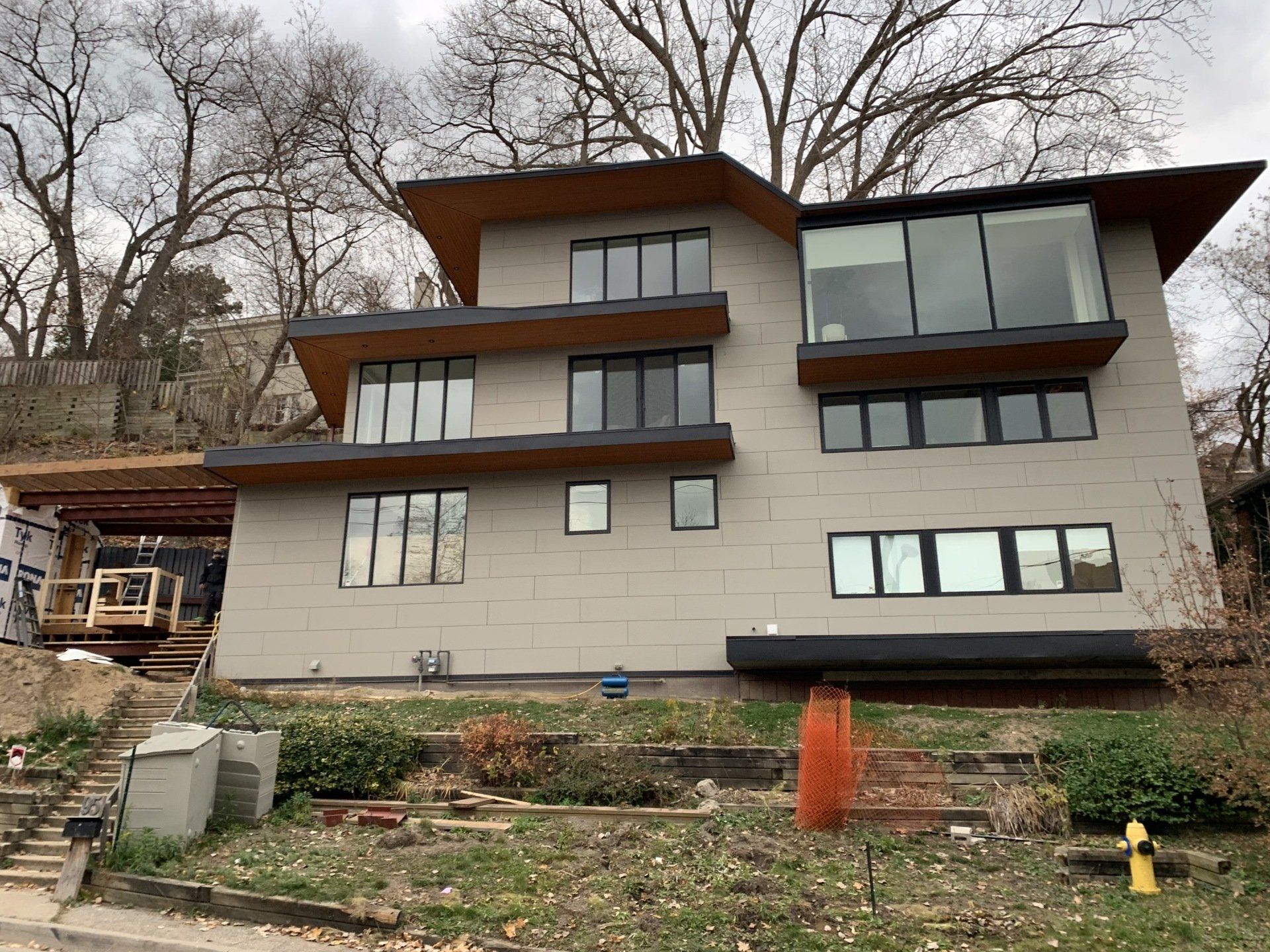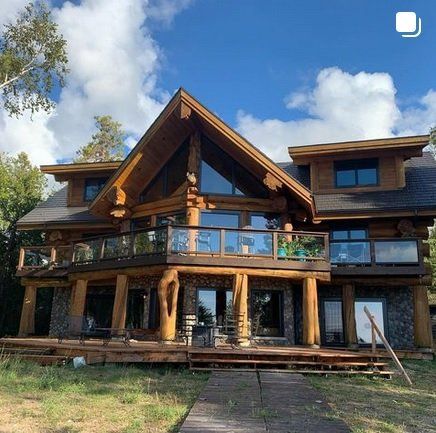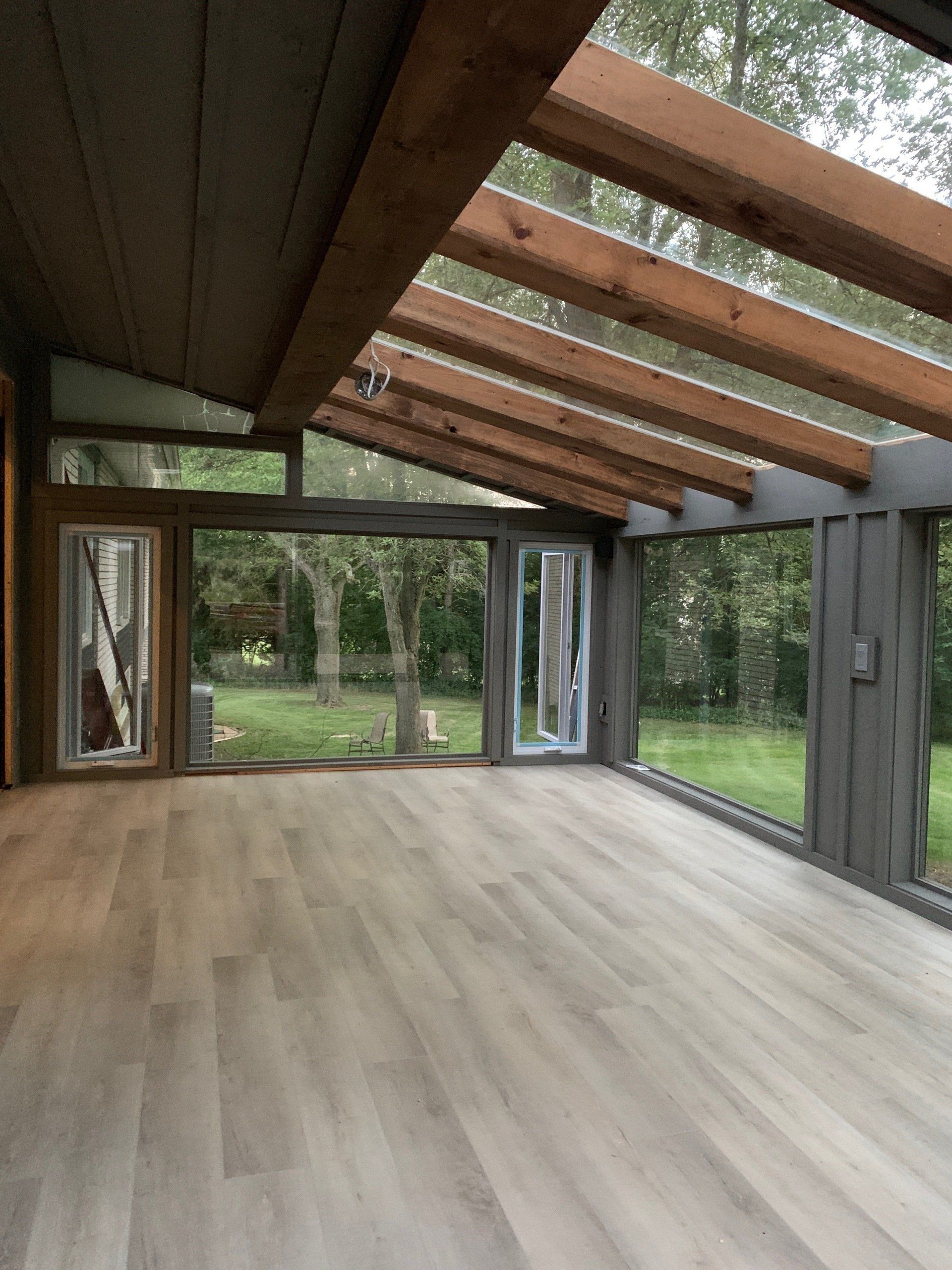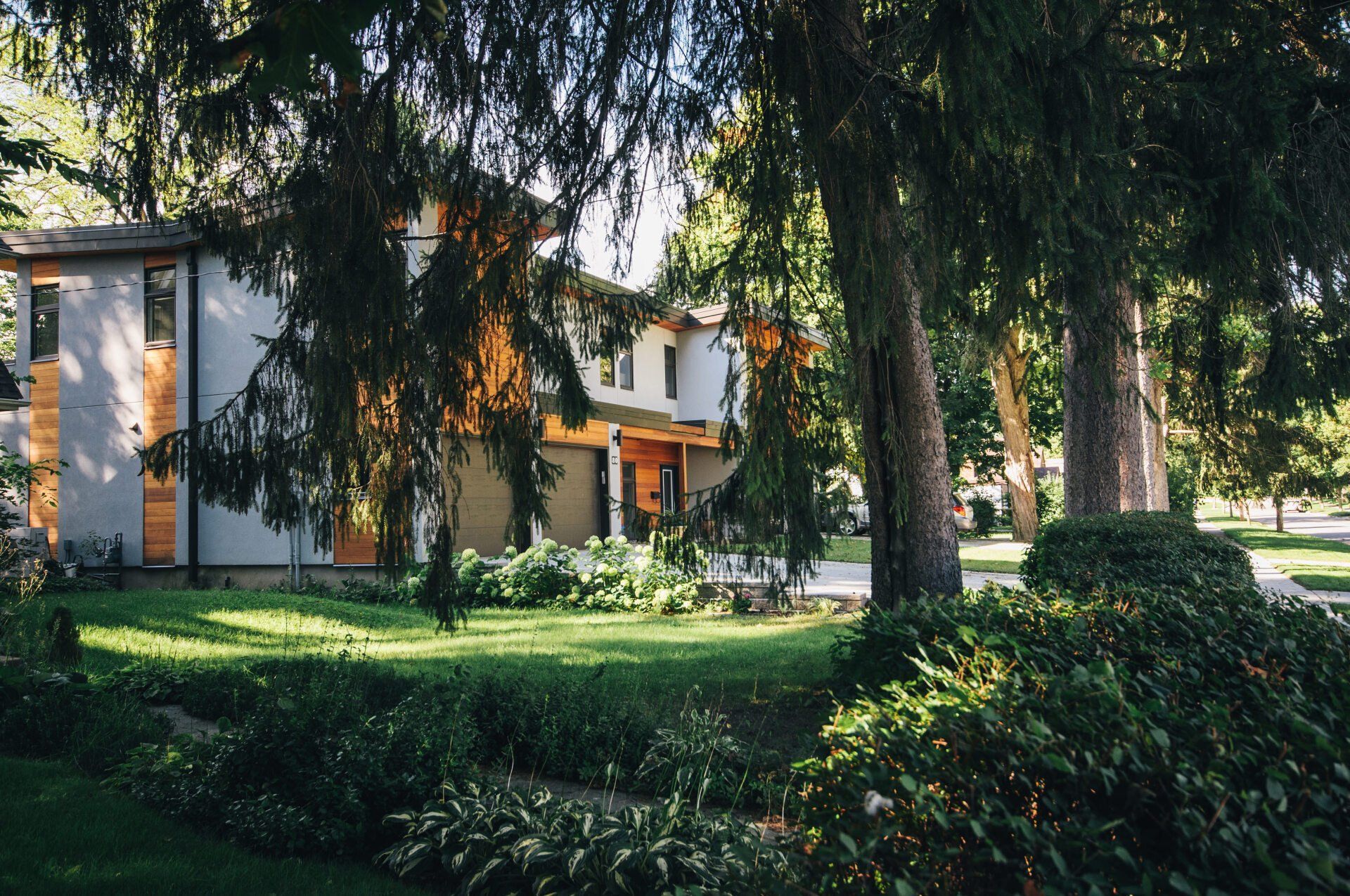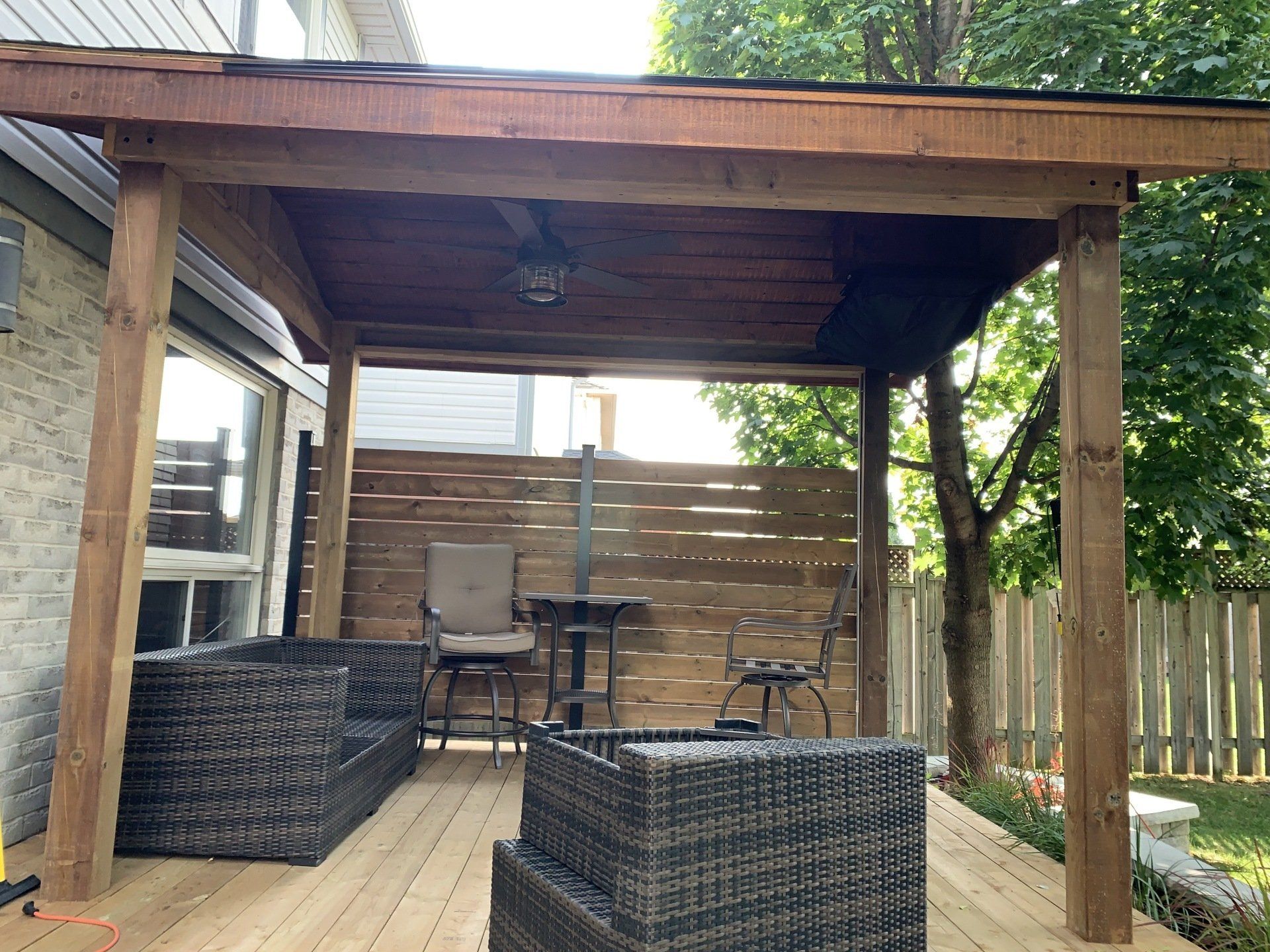10 Tips for planning a successful home renovation
10 Tips for planning a successful home renovation
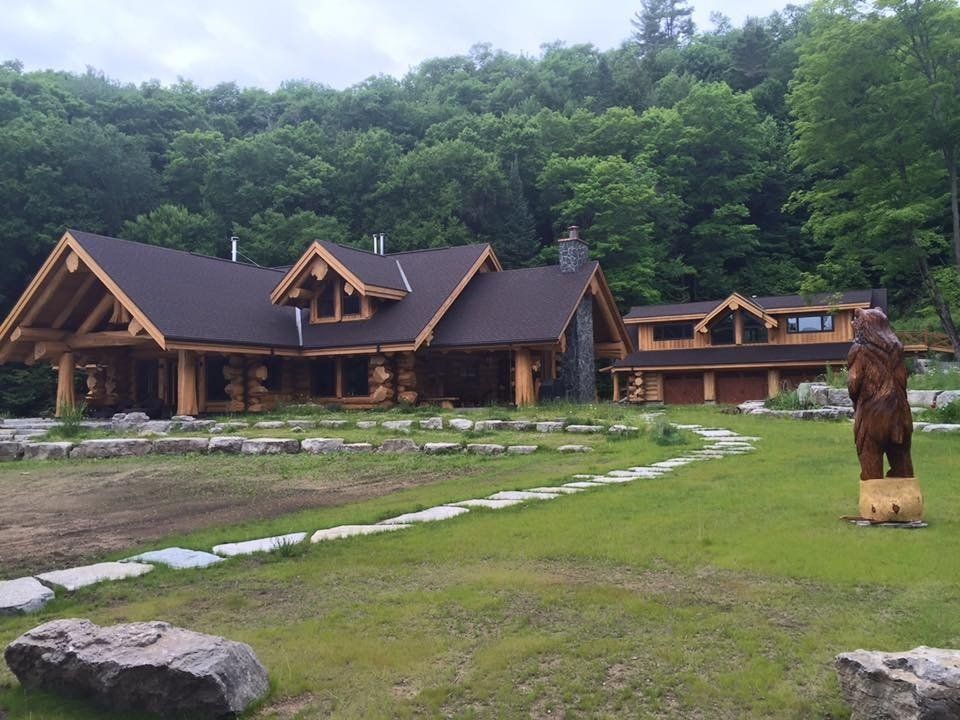
Ready to renovate?
Whether you're renovating for the first time or you're a seasoned veteran, there are important steps to take if you want to minimize time and cost. Just like any other great endeavor, success is in the planning. Ask anyone, renovating is renowned for running over time and over budget. There's so much you need to know to prevent small mistakes from turning costly. So what is the solution? Here are ten DIY steps to take before renovating your home on a budget.
Assess: Most people skip over this first step and admit their regret afterward. Assessing is important to keep you on time and on budget. The smart DIY renovator asks questions regarding every change they're about to make. Does that wall really need repainting, or could the scuff marks be removed with a deep scrub cleaning. The carpet on the floor needs to be removed but does the carpet on the stairs? What will it look like if the two don't match? Each question you ask yourself should be evaluated to determine how important the task is in the overall renovation you're about to undertake. Take pictures. Lots of pictures. By the end of this article, you'll learn why.
Research: Assessing is about what is necessary and what is not. Now factor in some good old fashioned research to discover what specific areas can help you achieve your goals. If you're looking to raise the value of your home, make certain you're aware of all the current trends. For instance, bathrooms can simply be functional or designed for comfort, modern style, sophistication, etc. An upgrade to a simple shower head can achieve a more, spa-like atmosphere, and indeed, upgrades to shower heads are cited to increase home value by more than 2% on average. How many more upgrades of a similar nature can you stack on top of that? Dog house in the backyard? That's easy. Detached meditation room. Yep, just need to convert that shed. Research what is trendy and assess if it deserves attention on your renovation list.
Assets: Assets aren't just what you have lying around that might make for creative building materials. Listing all potential assets can be useful to your overall renovation plan. If your walls definitely need painting, does your local hardware store sell discounted return paint? If you absolutely need a specific color, does your cousin, who works there, get a discount? Does this cousin know if there's sell off items like damaged drywall, or ends of the roll on carpet or vinyl. Are any of these in the sizes you need? A cousin isn't actually required to find out. Ask any sales associate at a big box store and they will show you where the bargain bins are. Obtaining assets for a renovation utilizes time, or existing assets, in place of spending money. It can mean asking around, checking for bargains routinely, or being creative in ways you never considered before. Be sure to utilize the magazine section in big box stores on ways to be creative, and assess your assets to develop a full, comprehensive renovation plan.
Plan: Prep work is done. Now it's time to implement the plan. Planning is as much about what you're going to do, as scheduling when and how you're going to do it. Ever heard the phrase painting yourself into a corner? Don't do that. Figure out a plan that will avoid embarrassing missteps and work it into your building schedule. How important are buildings items you don't currently have in your possession? Is a lack of product possible? At the onset of Covid, buildings materials of all kinds (especially fencing) skyrocketed in price or became completely unavailable. How important are specific items to your overall plan? Make a schedule for when these items need to be obtained.
Problem Solve Before Problems Happen: Like a foreman on a job site, ask yourself what can go wrong? This step is as much about safety as it is about saving money. This step stretches from: how to prevent your toddler or a pet from entering your work space and toppling over a can of paint, to how close are those hydro lines when I get up on the roof to replace those shingles. Take a long hard breath, and question what can go wrong. Now implement steps to prevent problems before they happen.
Budget: You've assessed what needs to be done to achieve your goal. You've accumulated all your assets. You have a schedule in place to purchase the things you still need to obtain. Now budget to make certain all of your lofty plans are economically viable. Don't get discouraged. Everything in renovation is time, money or terms. So even if your budget isn't big enough to accommodate everything you'd like to do now, consider planning your renovation "in stages". Why? With more time, you can procure additional assets. With more research you can come up with new, creative ideas. Then, once your coffers replenish, you can implement a new plan to achieve stage two. So while making your budget continue to re-assess. Maybe the upstairs bathroom can use a simple coat of paint and get renovated next time while you focus on aesthetics in areas of the house that get more use. Budget according to your assessment, assets, research and plan.
Minor Improvements: Paint is one of the best minor improvements that punches above its weight in terms of dramatic effect. But the opposite can also be true. Removing paint from wood is time consuming, but sometimes, the end effect is worth it. Paint becomes old and faded over time, but wood is easily sanded. It may not have been part of your original plan, but as you continue to renovate, be open to changing the plan as long as you implement all the necessary steps. If you lift up the carpet and there's hard wood floors, is it worth it to sand them? Will that save you on carpet? How will that change the aesthetic of the room? Re-asses, research, plan.
The Tear Down: The fun part of renovating. Grab your sledge hammer. Now the plan is in full swing. Keep sharp. Always look for surprises. Good and bad. Maybe the plumbing in the wall that you thought needed replacing is actually pretty new. Someone must have renovated before you. Your plan was to update all plumbing in the house but suddenly the need to tear out the drywall doesn't exist. Is it possible to patch the hole in the wall that you just made? Actually, it is. Reassess. Research how to patch the hole. Now do a cost analysis of continuing to rip out the drywall against the time it will take to patch. This is what DIY renovating is all about. A contractor won't save you money like this.
Rebuild: As you rebuild, your plan starts to take shape. From the time you started until this moment, prices changed and new assets have emerged. You now can afford flagstone for the patio, because the price has dropped, but need to choose spruce instead of cedar for the backyard fencing because cedar has skyrocketed. A renovation is never set in stone and should be allowed to evolve. As you rebuild, ask yourself how changes to your initial plan might be a good thing. Maybe flagstone will have a much more pronounced effect since you can always stain spruce to look similar to cedar. Assess. Research. Amend the plan.
Finish: You've done it! You're DIY renovation is complete. Your creativity has been satisfied. Now for some last minute finishing touches. Add mirrors to any room to make it seem bigger. Add accents like designer pillows to the couches. Research additional ideas that can give your living space an extra added touch. Each addition increases the overall improvement you've made to your living space. Now pat yourself on the back, grab a drink, sit back and bask in the accomplishment. Hopefully, if you employed these steps, your experience was an enjoyable one. You might even find that you don't stay relaxed for long, as your mind slowly churns planning your next DIY renovation
